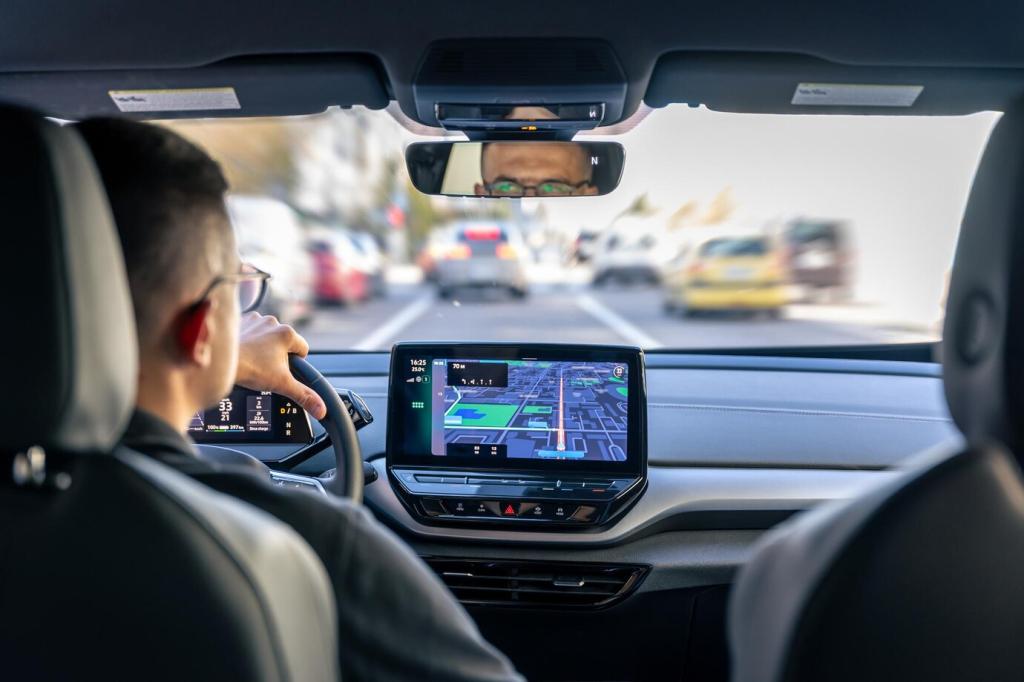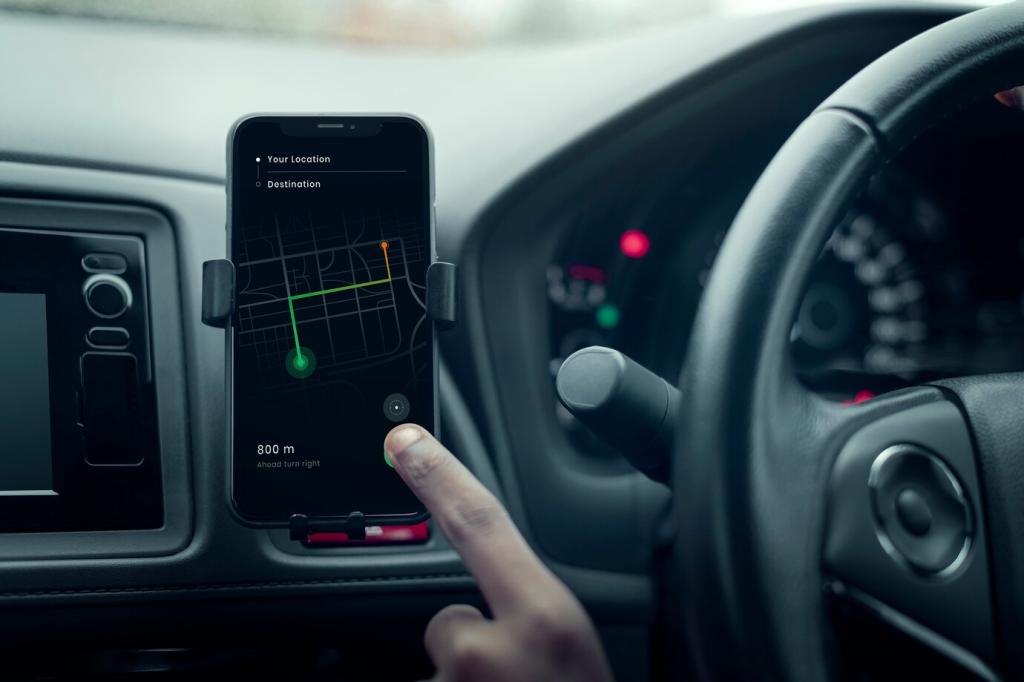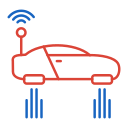Innovations in Autonomous Urban Transport Technologies
Urban landscapes are undergoing rapid transformation with the emergence of autonomous transport systems. The fusion of artificial intelligence, advanced sensors, and real-time data analytics has enabled cities to reimagine mobility, reduce congestion, and improve safety. This page explores the multifaceted innovations propelling autonomous urban transport, delving into the core technologies, societal impacts, regulatory frameworks, and visions for the future.
Evolution of Autonomous Transport Technologies

Pioneering Automated Systems
Initial forays into autonomous transport began with basic automated subway systems and guided shuttles, offering limited flexibility but reliable operation within controlled environments. These efforts laid the groundwork for future innovations, demonstrating that urban mobility could be managed efficiently with software and sensors. Such pilot projects showcased the potential for reduced human error and improved service regularity, ultimately shaping public perception and encouraging further investment in automated solutions. The legacy of these early systems is evident in today’s push for fully autonomous solutions across various urban transport modes.

Computational Advancements
Significant strides in hardware and software have unlocked possibilities that were once only theoretical. Powerful processors and GPUs now allow autonomous vehicles to interpret sensor data and make split-second decisions in complex environments. Machine learning algorithms can continuously improve their behavior based on real-world experience, leading to safer and more efficient operations. These advancements have been foundational in transitioning from mere automation to fully autonomous urban transport, enabling systems to adapt dynamically to the unpredictable conditions of busy city streets.

Connectivity's Growing Role
The rise of 5G networks and vehicle-to-everything (V2X) communication is playing a transformative role in autonomous transport. Vehicles can now communicate with traffic infrastructure, other vehicles, and even pedestrians, enhancing situational awareness and enabling coordinated maneuvers. This level of connectivity is crucial for integrating autonomous systems within the intricate tapestry of urban mobility, allowing for more responsive and harmonious transportation networks that can adapt to real-time challenges.
AI-powered perception systems use data from cameras, lidar, radar, and ultrasonic sensors to create a comprehensive understanding of the vehicle’s surroundings. Machine learning algorithms process this data in real-time, identifying objects, predicting behaviors, and mapping drivable spaces. This capability ensures safe navigation through urban corridors teeming with pedestrians, cyclists, and unpredictable obstacles. The dynamic nature of machine learning allows systems to adapt to new scenarios, refine their strategies, and maintain high safety standards amidst the chaos of city life.


Urban Infrastructure Adaptations
To accommodate autonomous vehicles, cities are rapidly upgrading traffic management systems with real-time monitoring and control. Intelligent traffic lights and sensor-equipped intersections communicate directly with vehicles, orchestrating smoother vehicle flows and minimizing unnecessary idling. Advanced analytics predict and adjust for congestion before it causes gridlock, while dynamic road signage sends tailored instructions to individual vehicles. Such smart infrastructure not only enhances efficiency but also acts as a critical safety buffer, synchronizing human and autonomous road users within complex urban environments.

Previous slide
Next slide

Societal Impacts and Economic Opportunities
Autonomous transport opens new avenues for urban mobility, offering flexible, on-demand solutions that extend transportation options to underserved communities. Driverless shuttles can provide first-mile/last-mile connections, bridging gaps in existing networks and easing commutes. As barriers of distance and convenience dissipate, cities stand to become more inclusive and accessible. Enhanced mobility translates into broader participation in economic and cultural life, igniting urban revitalization and supporting the vibrancy of city living.
Environmental Sustainability and Efficiency Gains
Reducing Emissions and Congestion
Self-driving vehicles, especially when electrified, can help drastically lower urban air pollution. Advanced routing algorithms minimize unnecessary travel, ensuring efficient trip planning that cuts down on fuel consumption and vehicle emissions. Traffic flow optimization, achieved through real-time data exchange between vehicles and infrastructure, further reduces congestion and curbside idling, which are primary contributors to smog and elevated city temperatures. Cleaner air and smoother traffic benefit both residents’ health and the environment, reinforcing the sustainability objectives of modern cities.
Promoting Shared Mobility Solutions
Autonomous vehicle fleets pave the way for shared mobility models such as robo-taxis, shuttles, and carpool services. By reducing the per-capita vehicle footprint, these innovations drive down resource consumption associated with vehicle ownership, parking infrastructure, and road space. Shared services also promote the efficient utilization of each vehicle, decreasing the number of miles driven empty and maximizing return on energy investment. This shift from privately owned to shared mobility supports broader city objectives of reducing carbon emissions and improving street-level livability.
Supporting Smart Energy Integration
Electric autonomous vehicles can interface seamlessly with smart power grids, charging during off-peak hours and providing mobile energy storage solutions when needed. Coordinated fleet charging helps balance energy demand, facilitate renewable integration, and support the transition away from fossil fuels. As cities invest in green energy infrastructure, autonomous transport can become integral components of a distributed and resilient urban energy ecosystem, furthering overall efficiency gains and supporting ambitious climate goals.
Future Outlook and Visionary Trends
Future cities are likely to witness unprecedented integration of autonomous vehicles with other modes of transportation, including public transit, cycling, and micro-mobility. Seamless connectivity between these modes, enabled by digital ticketing and data sharing, will empower users to plan door-to-door journeys with minimal friction. The vision is an urban ecosystem where autonomous vehicles serve as the connective tissue uniting diverse mobility options, maximizing flexibility, and reducing reliance on personal vehicles.
Previous
Next
